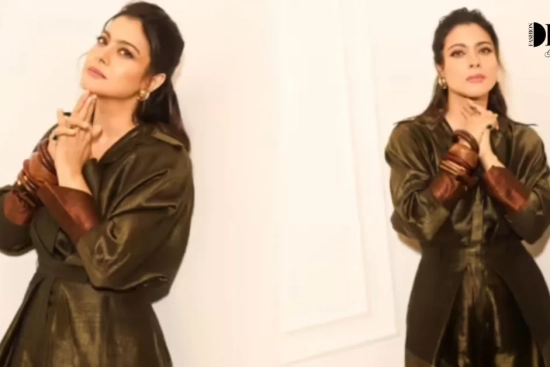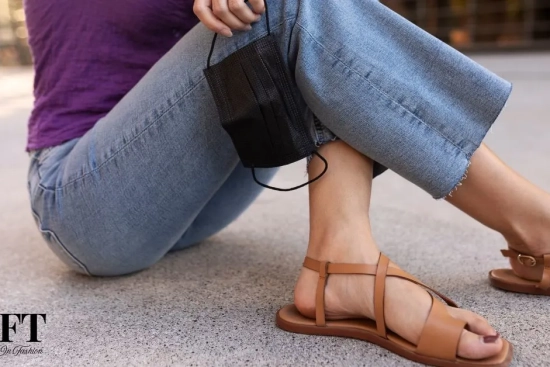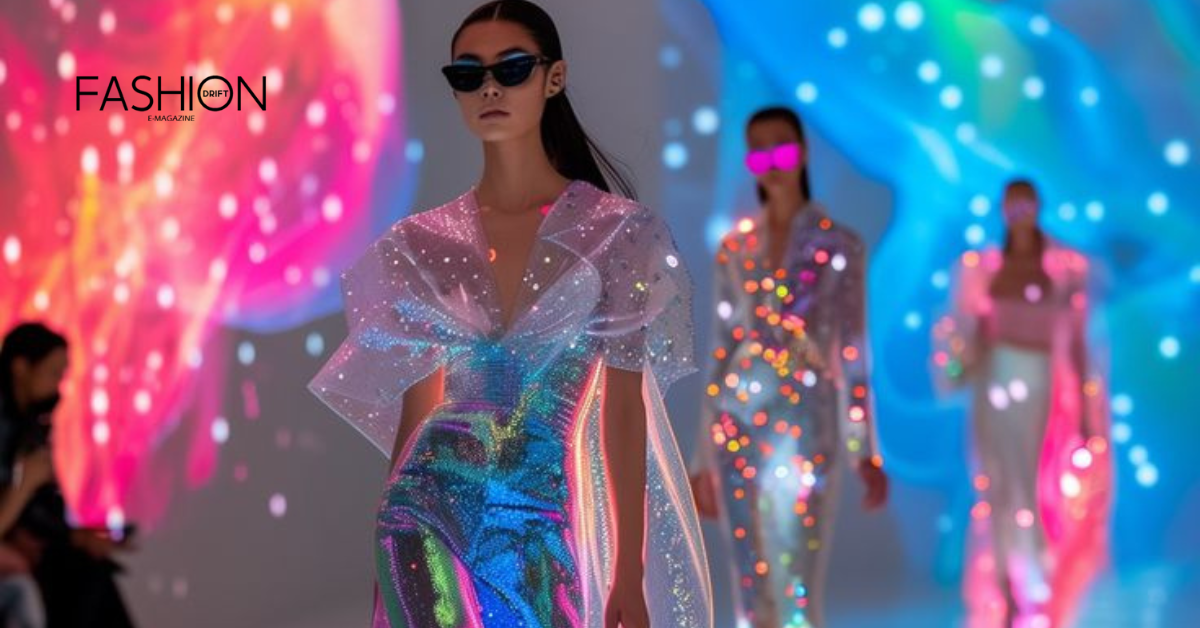
The fashion world has always been about innovation and staying ahead of trends. With the rapid advancement of technology, the way fashion is presented to the world has dramatically evolved. Enter digital fashion shows—a modern twist on traditional runway presentations that are reshaping the industry. These virtual events have become a vital part of the fashion calendar, offering designers and brands new ways to showcase their collections to a global audience.
Evolution of Fashion Presentations
Fashion presentations have come a long way from the exclusive, in-person events of the past. In the early days, runway shows were intimate affairs, accessible only to industry insiders, celebrities, and elite clients. As the industry expanded, so did the scale of these events, with shows turning into grand spectacles that attracted attention from around the world. The rise of the internet and social media further transformed these presentations, making fashion more accessible to the masses. Today, digital fashion shows have taken this evolution to the next level, blending creativity with cutting-edge technology to create immersive, boundary-pushing experiences.
Rise of Digital Platforms in Fashion
The shift towards digital platforms has been driven by the need for accessibility, sustainability, and innovation. With the global pandemic accelerating the move to online spaces, fashion brands have embraced digital platforms to reach audiences wherever they are. Virtual fashion shows, augmented reality (AR) experiences, and live-streamed events have become the norm, allowing brands to connect with consumers in real-time. These platforms offer endless possibilities, from interactive features that let viewers shop the runway to 3D virtual models that bring collections to life. As technology continues to advance, digital fashion shows are not just a temporary trend—they are the future of fashion presentations, redefining how we experience style in the digital age.
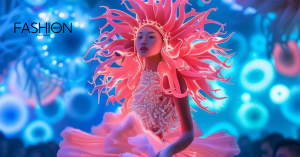
Virtual Runway Experiences
Fashion is evolving, and “Virtual Runway Experiences” are at the forefront of this change. These digital fashion shows break away from traditional catwalks, bringing the excitement and creativity of the runway to your screen. With immersive 3D environments and live-streamed events, virtual runways offer a new way to experience fashion, connecting designers with global audiences and allowing viewers to explore collections from anywhere in the world.
1.Immersive Online Fashion Shows
- Cutting-Edge Technology: Virtual fashion shows leverage advanced technology such as 3D modeling, augmented reality (AR), and virtual reality (VR) to create immersive experiences that go beyond traditional runway events. These technologies allow designers to craft entire digital worlds that reflect the theme and aesthetic of their collections, offering a more engaging and dynamic presentation.
- Global Accessibility: One of the most significant advantages of online fashion shows is their accessibility. Anyone with an internet connection can attend, removing the exclusivity of physical events. This democratization of fashion allows a broader audience to experience the latest collections in real-time, regardless of their geographical location.
- Creative Freedom: Virtual platforms offer designers unparalleled creative freedom. They are no longer bound by the physical limitations of a runway or venue. Instead, designers can experiment with different formats, from animated models and virtual environments to interactive storytelling. This innovation leads to more expressive and imaginative presentations that can captivate a global audience.
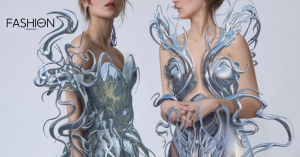
2.Audience Engagement in Virtual Spaces
- Interactive Elements: Virtual runways are not just about passive viewing; they actively engage the audience through interactive elements. Features like live chats, polls, and social media integration allow viewers to participate in the event, share their opinions, and even influence the outcome of certain aspects of the show.
- Shoppable Links: One of the most significant innovations in virtual fashion shows is the integration of shoppable links. Viewers can instantly purchase items they see on the runway with a simple click, creating a seamless shopping experience. This not only drives sales but also enhances the immediacy and relevance of the show.
- Data Collection and Feedback: Virtual platforms provide valuable data on viewer behavior, preferences, and engagement levels. Designers and brands can use this information to understand their audience better and tailor future collections accordingly. This feedback loop helps in creating more personalized and appealing fashion experiences.
3.Case Studies: Successful Digital Runways
- Balenciaga’s Fall 2021 Collection: Balenciaga broke new ground with its Fall 2021 collection by presenting it through a unique medium—a video game titled “Afterworld: The Age of Tomorrow.” This interactive experience allowed users to navigate a futuristic world while viewing the collection, blending fashion with digital gaming. This innovative approach not only showcased the clothing but also immersed the audience in a narrative-driven experience, highlighting the potential of virtual platforms to create multi-dimensional fashion presentations.
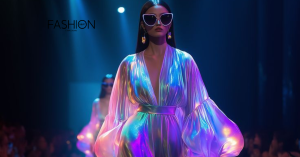
- Virtual Paris Fashion Week: During the pandemic, Paris Fashion Week went digital, with brands like Chanel and Dior leading the way. Instead of traditional runway shows, these brands produced highly cinematic presentations that were streamed online. Chanel’s show, for instance, was filmed in a historic Parisian location and featured models walking through the empty streets, blending high fashion with cinematic storytelling. Dior’s presentation took it a step further by creating a short film that combined fashion with fantasy, transporting viewers into a surreal world. These examples illustrate how virtual runways can convey emotion, narrative, and artistry, making a significant impact on the fashion industry.
Innovations in Digital Fashion Shows
The fashion industry has always been at the forefront of creativity, and the recent innovations in digital fashion shows prove that the future of fashion is both bright and bold. As the world shifts towards digitalization, fashion shows have embraced new technologies that are transforming how we experience fashion.
Technology Transforming the Fashion Industry
Technology has become a game-changer in the fashion industry, especially when it comes to fashion shows. Traditional runways are being replaced with immersive digital experiences that reach a global audience. High-definition livestreams, 360-degree views, and digital designs are now integral parts of fashion presentations. Designers can now showcase their collections to anyone, anywhere, in real-time, making fashion more accessible than ever before.
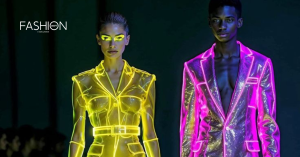
Augmented Reality and Virtual Reality in Fashion Shows
Augmented Reality (AR) and Virtual Reality (VR) have brought a new dimension to fashion shows. These technologies allow audiences to experience fashion in ways that were previously unimaginable. With AR, viewers can see how clothes would look on them without leaving their homes. VR takes it a step further by creating fully immersive environments where audiences can attend fashion shows in a virtual space. These technologies are not just enhancing the viewing experience; they are also helping designers to create more sustainable and innovative collections.
Interactive Features and Audience Participation
One of the most exciting aspects of digital fashion shows is the level of interaction they offer. Gone are the days when audiences were passive observers. Today, viewers can participate in real-time, whether by voting for their favorite looks, interacting with designers, or even purchasing items directly from the runway. Social media integration allows for instant feedback and engagement, making the experience more dynamic and inclusive. This level of interaction not only engages the audience but also creates a sense of community, making fashion shows more than just a visual spectacle.

Innovations in digital fashion shows are revolutionizing the fashion industry, blending creativity with cutting-edge technology. As AR and VR continue to evolve, and interactive features become more sophisticated, the future of fashion shows promises to be more immersive, inclusive, and accessible. The fusion of fashion and technology is not just a trend; it’s the new frontier of fashion.
The Future of Fashion: Digital Shows
Fashion Digital Shows have always been a dazzling display of creativity, innovation, and style. As technology advances, the future of fashion is increasingly shifting towards digital platforms. Here’s a look at the emerging trends shaping digital fashion presentations, the role of sustainability and accessibility, and what to expect in the next decade.
Trends Shaping the Future of Fashion Presentations
- Virtual Reality (VR) and Augmented Reality (AR): VR and AR are becoming essential in fashion shows, offering audiences immersive 3D environments. Viewers can experience collections from multiple perspectives and interact with designs in real-time.
- Live-Streaming Innovations: High-definition live-streaming is enhancing the viewing experience. Interactive features allow viewers to engage with the show, such as choosing camera angles or accessing detailed information about designs.
- AI-Driven Presentations: Artificial intelligence is revolutionizing fashion shows by creating virtual models, simulating fabric movements, and providing trend predictions. AI helps in making shows more dynamic and tailored to audience preferences.
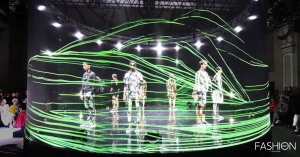
Sustainability and Accessibility in Digital Fashion
- Reduced Carbon Footprint: Digital fashion shows minimize the need for physical venues and travel, significantly lowering the carbon footprint associated with traditional shows. This supports environmental goals and reduces waste.
- Global Accessibility: Online fashion shows break down geographical barriers, allowing a global audience to experience collections. This democratization of fashion ensures broader access and inclusivity in the industry.
Predictions for the Next Decade in Fashion Shows
- Enhanced Immersive Experiences: Future fashion shows will likely incorporate more advanced VR and AR technologies, allowing viewers to virtually try on clothing and customize designs.
- AI and Personalized Recommendations: AI will continue to play a significant role, offering predictive analytics and personalized fashion recommendations based on viewer preferences.
- Blockchain Technology: Blockchain could transform digital fashion by ensuring transparency and authenticity in transactions, providing a new level of trust in digital fashion assets and ownership.
As technology evolves, digital fashion shows are set to become more immersive, sustainable, and accessible, making the future of fashion presentations both exciting and transformative.
Digital fashion trends are changing the game in exciting ways. Virtual fashion shows and augmented reality (AR) fitting rooms are just a couple of examples of how technology is transforming our fashion experience. Designers now have new tools to present their collections, offering immersive experiences where we can explore and interact with clothing in ways we never could before.
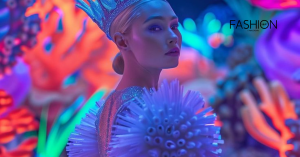
Digitalization is making a huge impact on the fashion industry. It’s speeding up fashion cycles, making trends come and go faster than ever. Brands are using data and analytics to better understand what we like and adjust their offerings accordingly. Plus, digital tools are helping fashion become more sustainable. With virtual try-ons and reduced need for physical samples, there’s less waste and fewer returns.
In essence, digitalization is more than just a trend—it’s a major shift in how fashion works. It’s bringing fresh opportunities for creativity, efficiency, and connecting with consumers, ensuring the industry keeps evolving in exciting and innovative ways.
